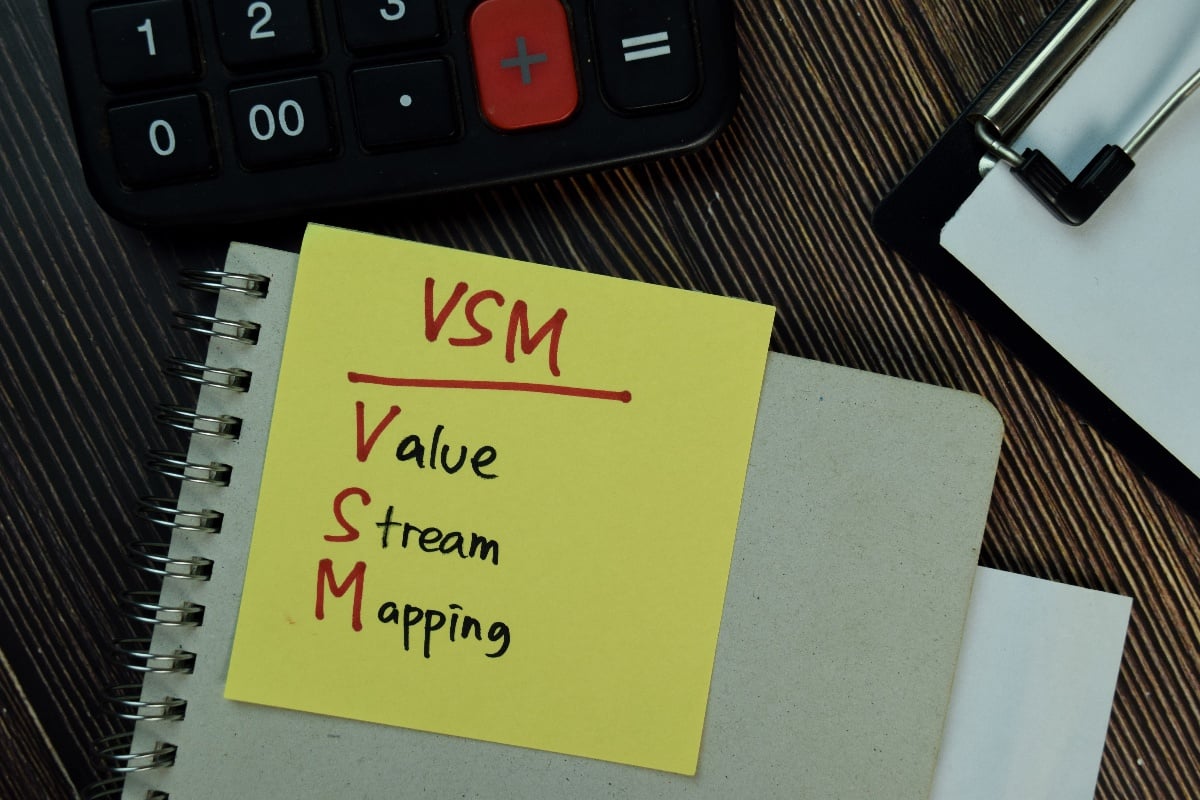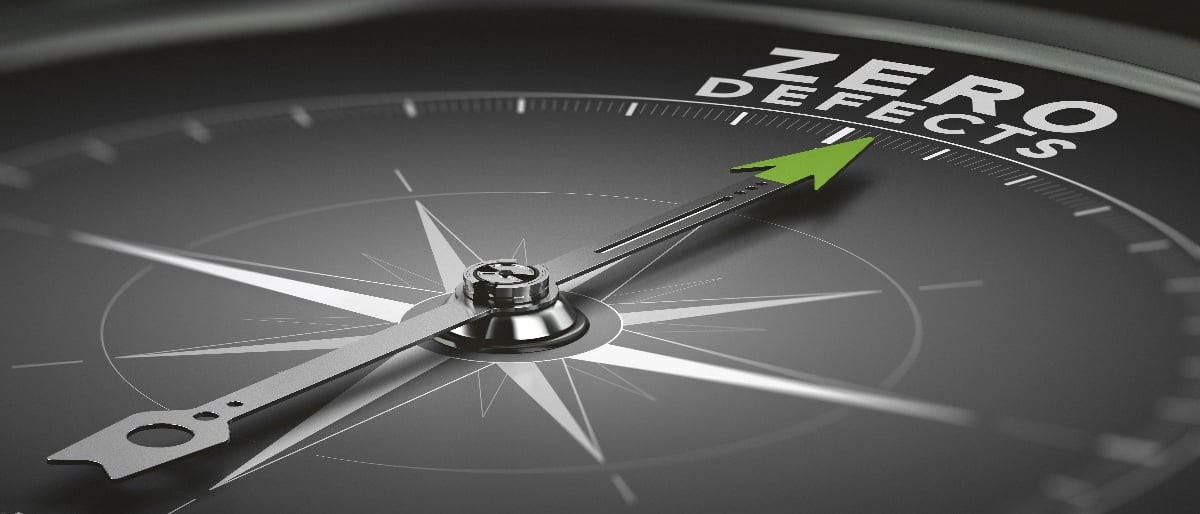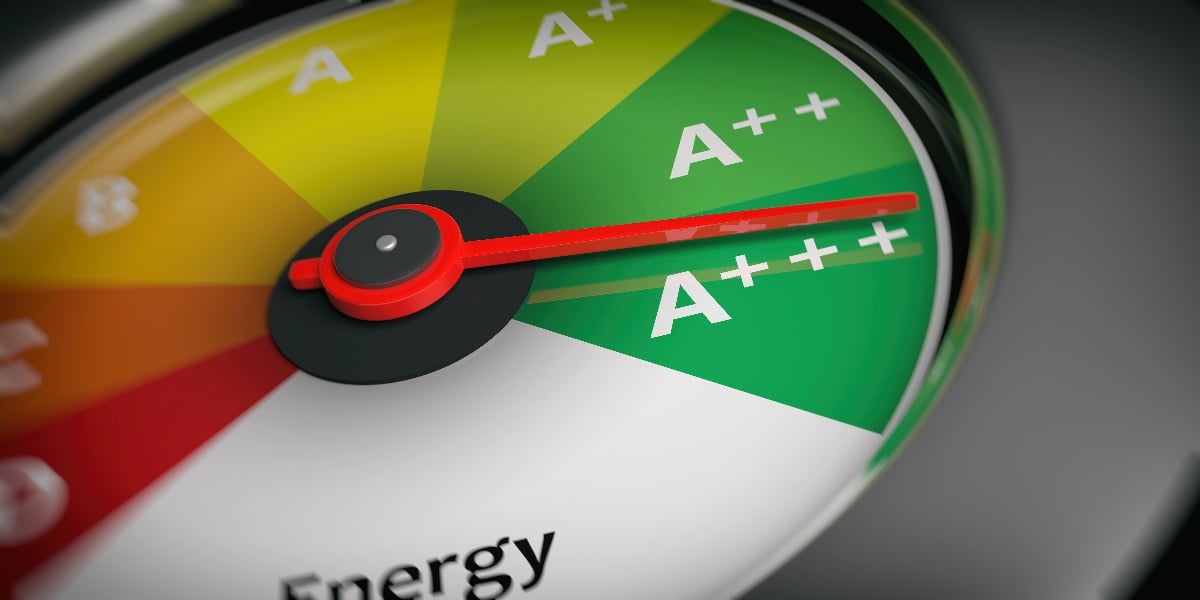
Material Considerations of Cross Arms
Material considerations are an important part of cross arms in transmission towers and have a big impact on their reliability and durability. Commonly used materials include aluminum and steel, but different regions may prefer to use other materials such as wood or concrete due to cost constraints and environmental conditions. The selection of material depends on the safety requirements and the necessary strength, bearing strength, stability and corrosion resistance for long-term performance. Weatherproofing is also a major factor with material choices as some regional climates require extra protective coatings for extended performance.
The size of cross arms can also play a major role in longevity. For instance, thinner cross arm arms may be able to resist certain forces or weights better than others and the application's function should dictate which size is best suited for that particular environment. With steel cross arms, they can be easily modified to fit the specific location due to their structural versatility; however, other materials may not be as malleable in nature.
Overall cost efficiency is also key when it comes to which material should be chosen for any given application as some may require more labor hours whereas some may require higher initial costs but with maintenance savings over time. When considering costs it’s important to look at how much money will eventually be saved in the long run rather than just focusing on initial price points alone. These are just a few major material considerations when designing cross arms in transmission towers depending on unique conditions surrounding them. Fiberglass-reinforced plastic has recently emerged as a potential material for cross arm structure construction.
Cross Arm Structures for Transmission Towers with Fiberglass-Reinforced Plastic
Fiberglass-reinforced plastic has become a potential option for cross arm fabrication. Its lightweight design enables rapid and easy installation onsite. Furthermore, it provides excellent electrical insulation properties plus strong load-bearing capacity that can extend the service life of the towers. Therefore FRP cross arms will naturally prove beneficial to any transmission tower project.
With the help of advanced technological methods, various types of cross arms can be designed using FRP composites. In a retrofit project, for instance, this could involve both an economical and timely solution for existing towers due to their efficient production process and speedy delivery capabilities. Furthermore, customizable options such as the size and length can be adjusted to satisfy different requirements while still meeting commercial standards. Despite being nonconductive therefore resisting short circuit forces, the strong structural integrity possessed by FRP cross arms remains consistent and dependable even under extreme weather conditions.
Even with new constructions, however, opting for this material proves highly advantageous when planning ahead for eventual tower reallocation or repositioning procedures down the line too. The added bonus is that if there is ever a need for part replacements later on when it comes to routine maintenance work on transmission towers then ordering additional cross arms from suppliers carrying FRP stocks should be easier too. This effectively helps reduce component costs over time thus making them a cost-effective choice all around eventually.
Research on FRP Performance
The implementation of fiberglass-reinforced plastic composite cross arms in transmission towers is a recent development compared to traditional wood timber cross arms. Numerous studies have investigated the performance of composite cross arms through experimental tests on coupon and full-scale samples, but finite element (FE) analysis of full-scale composite cross arms under actual working load and broken wire conditions has not yet been conducted. A study aimed to address this gap by evaluating the performance of FRP composite cross-arm tubes in 275 kV transmission towers using FE analysis.
The FE analysis was performed to simulate both normal and broken wire conditions, with applied loads of five and three times the working load (WL), respectively. Experimental results from full-scale assembly load tests were utilized to validate the FE model. Mechanical properties of the FRP composite, obtained from previous experimental work on coupon samples of FRP tubes, were integrated into the simulation.
The results revealed that the FRP composite cross arm could withstand applied loads of five times the WL for normal conditions and three times the WL for broken wire conditions. The factor of safety for the tubes was found to be 1.08 and 1.1 for normal and broken wire conditions, respectively, indicating that the composite cross-arms are safe to use. The FRP cross arms were demonstrated to sustain loads two times greater than the design requirement of two times the working load for normal conditions.
At Tencom, we specialize in FRP composites and have experience in designing and manufacturing high-quality FRP structures. Our customizable options allow us to adjust the size and length to fit your specific requirements while still meeting commercial standards. With our efficient production process and speedy delivery capabilities, we can provide an economical and timely solution for existing and new construction projects alike. Reach out today.














